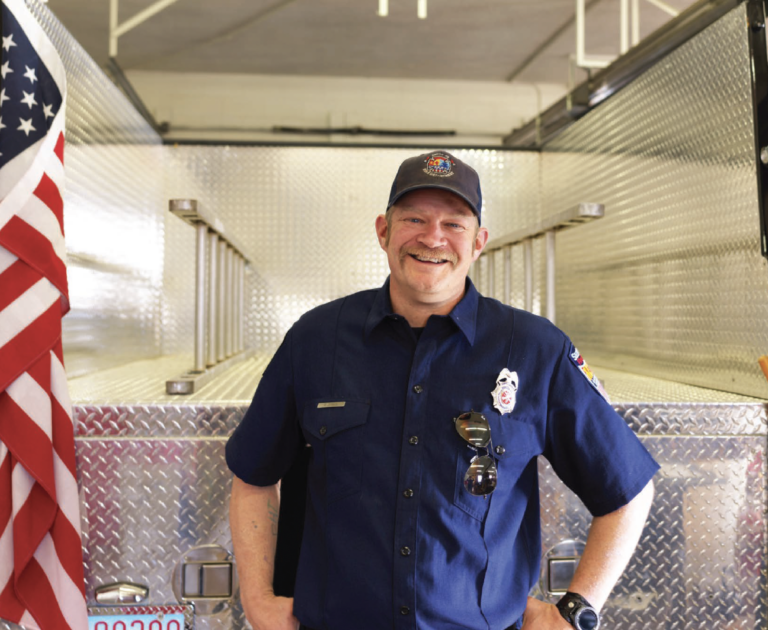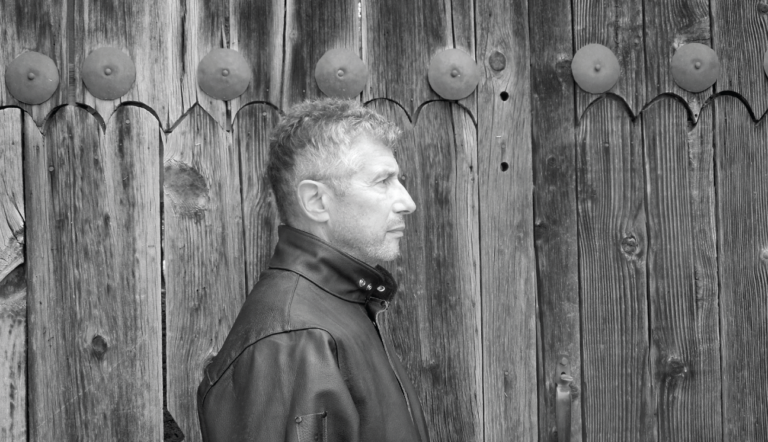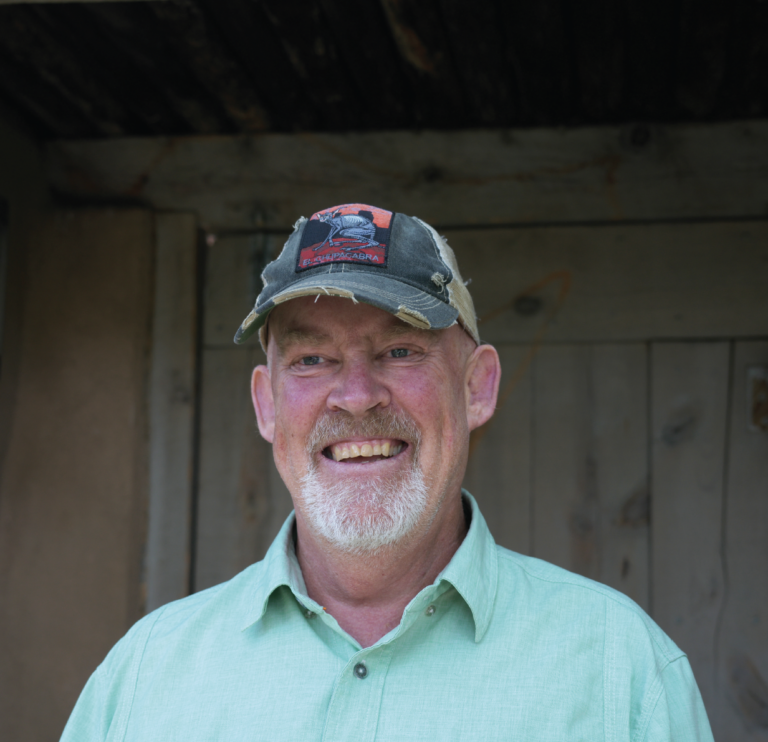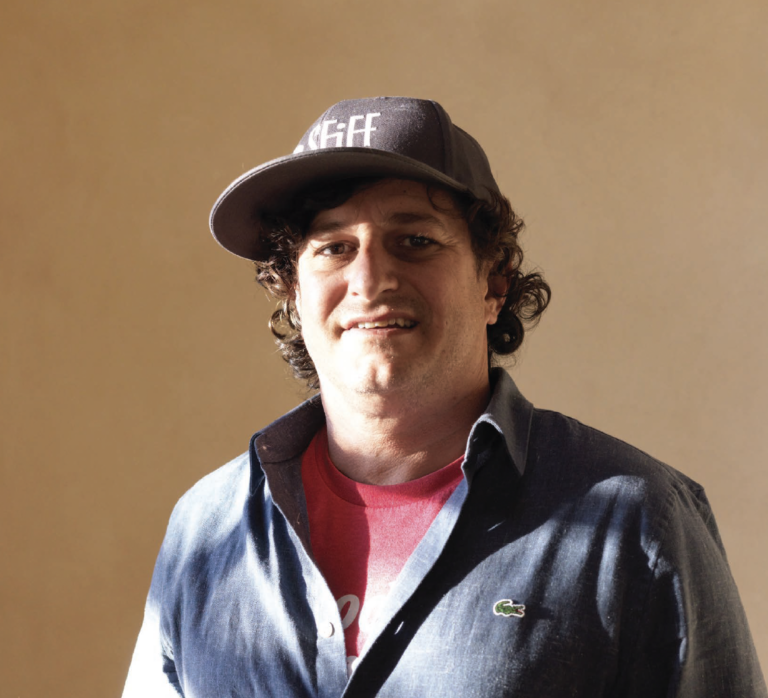IT TURNS OUT that when J. Robert Oppenheimer witnessed the successful Trinity test, he did not utter the famous Bhagavad Gita quote usually attributed to him—“I have become Death, destroyer of worlds…”
“What he actually said,” Ellen told me, was, “It worked.”
Though these are also among the best words you can say about anything new, they become a little unsavory coming from the prophet of the nuclear age, especially if it’s on the occasion of seeing a New Mexican desert blow up. He was not, after all, reflecting on the success of a mere contraption, or, say, a magazine start-up.
I call Ellen, the wife of Oppenheimer’s successor’s son and a noted historian, “the insiders’ insider.” She was puzzled as to why the above-mentioned nugget had remained largely unknown for so long, and was also, as usual, amused and mischievous about the controversy.
It was certainly nice to be brought up to speed about some local history.
The development of the atomic bomb was what brought your family to Los Alamos?
Yes. My father, Edward Wilder, along with several other men, worked on shaped explosive lenses for the project, and one of the premises of Los Alamos—interestingly, and contrary to Army regulations at the time—was that they wanted the men to have their families with them. We moved from Louisville, Kentucky. The housing at Los Alamos was never adequate, so we lived in big white canvas “shepherd’s tents”—and stayed in Bandelier at the bottom of the canyon all summer. I was just 6, and thought it was terrific. We were living right near a stream and could go play at the Indian ruins. I had a brother, who I thought was sort of a nuisance. [Laughs] We couldn’t understand why anybody would use a fishing pole, because we just waded in the creek and caught fish with our hands. Once, we were trying to experiment and threw rocks at them, which didn’t work too well. My brother hit my thumb with a rock…smashed it. Daddy was going to take me up to Los Alamos to the hospital, and they wouldn’t let me in because I didn’t have a pass. There were gates at the entrance, and you had to have a security clearance to get in. It was the first time I remember my father really getting mad. Finally, they let me into the hospital.
A security risk…at 6?
I asked my father, “Why couldn’t I go?” He said, “Well, we’re doing something very secret, and they have to be careful and don’t want to have any spies.” So, I immediately decided to become a spy, and was going to find the secret and was going to tell, and that would get even with these people who wouldn’t let me in. I devoted quite a bit of time to that. [Laughs] Los Alamos at the time, it was dusty, and every building was painted green. They had fences around fences,
and in the center of it all was this pond, the Ashley Pond. They had 11 ducks on it, and I thought that was the only interesting thing I’d seen up there.
Did you discover your secret?
Just those 11 ducks. [Laughs] Otherwise, there were just fences and guards. Anyway, I was going to, from the get-go, become a spy. The only problem with that was that I knew the secret, but didn’t know whom to tell. I thought, “What good is a secret if you don’t get to tell?” So then I spent a lot of time trying to figure out who would want to know. Nobody, as far as I could tell.
Were you aware of explosions?
Oh yeah, there were explosions all the time. They had to test in order to craft the shaped explosive lenses, and at set times so people knew there hadn’t been an accident. They tested at 10:00, 12:00, and 3:00. For us, the noise at 10:00 meant recess, then lunch, and the explosion at 3:00 meant school was out.
What about the big explosion?
You mean the Trinity test? That was too far away. My father worked at S-Site, which was where they worked with conventional explosives. They had to figure out at what temperature explosions happened and how fast and slow they were. They used 26 tons of explosives every month at Los Alamos. I mean, that’s huge—blowing up a ton of explosives practically every day—but we were sort of blasé about it. We liked the big ones…liked to see puffs of smoke.
Did you meet J. Robert Oppenheimer?
Yes, well, I met him after he lost his clearance, and when he had cancer. He was, I’m sure, much diminished from what he had been during the height of the Manhattan Project. I was probably 14, and still worried about, “Should we have done it?”…the big question. He was at a cocktail party and I was passing hors d’oeuvres and he was standing by himself. Usually he was surrounded—was very much beloved and revered in Los Alamos, but this time he was by himself. I had a plate of something, chicken wings or something, so I asked, “Would you like a chicken wing?” He said, “No,” and there was probably a bit of a pause. I chose not to ask, “Did we have to do it? Was it a good thing?” Instead, I said, “I think you’re some sort of a saint.” He looked appalled, and asked, “Why would you ever say that to me?” I said, “Because you had second thoughts.” Then he just left the party. I think he was shocked that, in this place where everyone adored him and he was beloved and revered, there’s this little numbnut who wanders up and hands him a zinger. I think I hit him too close. He had been struggling with these questions all of his life.
When he left, what was his expression?
It was at the Bradbury’s house [Norris Bradbury became director of the Los Alamos National Laboratory after Oppenheimer left in 1945]. He wore this
pork pie hat, and just turned, put the hat on and walked out. Then Lois Bradbury, who later became my mother-in-law, said, “What did you say to Oppie?” I didn’t tell her because I knew I was already in trouble.
Just amazing. What were some other memorable experiences?
We lived with a lot of scientists. I thought I would become an artist, because it seemed there were plenty of physicists in the world at that time…and chemists. [Laughs] I think that Los Alamos, the Manhattan Project—and this is something that my brother and I are working on now—was in some ways like COVID; you have an emergency so immense that everybody gives up their little jealousies and says, “We better get this figured out. We’ll work together.”
You have the Jewish refugee physicists. You have the cream of all the physics departments. At that time there were not a lot of physics departments, so when these men came they brought their graduate students with them…a whole lot of really smart Polish, Hungarian, British, and Canadian men, and many others. I think it was an involuntary egalitarian situation, because everybody was focused on what they were doing. They certainly knew; you couldn’t do this kind of work if you didn’t know what the project truly was, but I also think that it was shocking for them when the Trinity test worked.
Really?
Oh yeah. In that moment, Oppenheimer didn’t say, “I have become Death, destroyer of worlds…” [Oppenheimer remarked a short while after the test that it brought to mind such phrases from the Bhagavad Gita]. He actually just said to his brother, “It worked.” They were not very sure. I also think that what we don’t appreciate now is how very worried they were. What if it didn’t work? I mean, they knew they weren’t going to ignite the atmosphere, but they were taking bets on how big the explosion was going to be.
They really didn’t know how big?
No. It was bigger than they thought, I think. The night of the Trinity test, the explosive was sitting on top of a hundred-foot tower, and it’s all put together with duct tape, because you don’t want to [apply] solder on this ball of live explosive, so it’s all taped together and sitting on a tower, and it’s raining, and there’s a lightning storm. Talk about being worried! I mean, they don’t need an initiator if it’s hit by lightning.
What could’ve happened?
Well, it could have blown up. So, they decided they had to go up and, in a sense, unplug it…that’s the simplest way to say it. So a guy climbs this hundred-foot tower and does it, then goes back down. Actually, my father-in-law, Norris Bradbury, put mattresses underneath it in case it dropped. This same guy must have thought, “I know I’m just going to have to go back and essentially plug it in again, so I’ll just lay down on these. I’ve been up for, like, 36 hours; I’ll go to sleep.” He lays down under the first atomic bomb, in a lightning storm!
Just incredible. Most of the staffers were men. Were there women?
A few physicists and chemists, and a lot of the women there, of course, were married to men who were professors, full professors, so they had been in an academic setting. At one point the general who ran the military part, Groves [Leslie Groves, Army Corps of Engineers major general and director of the Manhattan Project] thought these men needed secretaries, and that the wives would be good candidates. Well, they didn’t want to be secretaries; they had been faculty wives, thanks. In the first year of the Manhattan Project, there were 80 babies born in the hospital. That’s really a lot. And the women had diversions…had horses and went riding.
What was Groves like?
Oh, as somebody said, “He was a son of a bitch, but he’s our son of a bitch.” I saw him, but didn’t know him. He didn’t even bring his family, and that’s the way it should be done, though realized that if you were going to put people essentially in a pressure cooker and want to keep them from having nervous breakdowns, it would help if they could go home and have a drink with their wives. The women were very stiff-upper-lip. But they were smart. Did they know exactly what was going on? I’m not sure, but you can’t live in a place that has that many explosions every day and not grasp something.
Any other memories?
Well, another person I’m sure you’ve heard about is Dorothy McKibbin, who ran essentially what was the cover operation. [McKibbin, aka “the First Lady of Los Alamos,” ran the Manhattan Project’s office at 109 East Palace Avenue in Santa Fe.] Most staff moving to the Los Alamos National Laboratory were processed through that office.
What does that mean, the “cover operation”?
When you were assigned, you got orders to report to 109 East Palace, and that was Dorothy’s office. Then she would give you directions. Either there was a bus to take you there or maybe someone would pick you up in a Jeep or you could drive yourself, but the road was really bad. She was, to all of us, an integral part of the interface between Los Alamos and Santa Fe. People would show up in Santa Fe, which many of them thought was a big town, but it was teeny. They’d wander around and somebody would say, if you were wearing an East Coast hat, for example, “You probably ought to go to 109 East Palace.”
What was she like?
Oh, she was wonderful. I think she was in her forties when she was hired [McKibbin was 46 when the office opened in 1943]. Oppenheimer hired her. She was a wonderful person. So practical, and calm. The lab had all this elaborate security apparatus, and at one point they were worried that a scientist would get drunk in the bar in La Fonda, talk too much, and Nazi spies might get hold of something. The bartender had some level of clearance and could call the guards, but Dorothy would say, “Well, for heaven’s sake, he’s drunk and he’s in a hotel. Just check him into a room upstairs and take his pants.” She had that sense of, “Don’t make it more complicated. You’ve got a hotel and a bar and a drunk man. What are you going to do? Take him in.”
What role did Santa Fe play in your time at Los Alamos?
We couldn’t go to Santa Fe very much. If you wanted to leave Los Alamos, you had to say when, where you were going, and when you would be back. And everybody ordered everything from the catalogs, Sears or Montgomery Ward.
What brought you here, ultimately, and what did you do?
I always thought Santa Fe was fascinating, and very different from Los Alamos, which was constructed in some Army idea of a Midwestern town, while Santa Fe was, of course, loping down its own road. I thought it was more interesting, and still do as a matter of fact. But growing up, just going to school there, we had really good teachers and the best of everything, in New Mexico anyway.
When did you come here?
You mean back to Santa Fe? Well, I married John Bradbury, the director’s middle son [John P. Bradbury was the son of Norris Bradbury]. We lived at El Morro. He was in the park service and we lived in this isolated national monument between Gallup and Grants. I was interested in art and art history, and came back to be the director of the Museum of Fine Arts. I had been a curator with the Minneapolis Institute of Arts, and came back when I got the job as director of the museum. We did a renovation of the building and got it up and running, and then I thought…I had always been interested in this, call it “nuclear history,” because it hadn’t been much of a field. It seemed to me, and I think this is still true, that the Manhattan Project was like a hinge in time when the world changed…with the Trinity test and Hiroshima, then the Nagasaki bomb, which had the implosion detonator (the way all nuclear weapons have gone since). It seemed to me that you and I, we live through things that we know are, in a sense, epic, but to be close enough to see some of that from the inside…at least the people part of the Manhattan Project, if not the science. I thought, “Well, this is the thing I should really pay more attention to, because I have an opportunity with this.”
Photo Mary Moon








